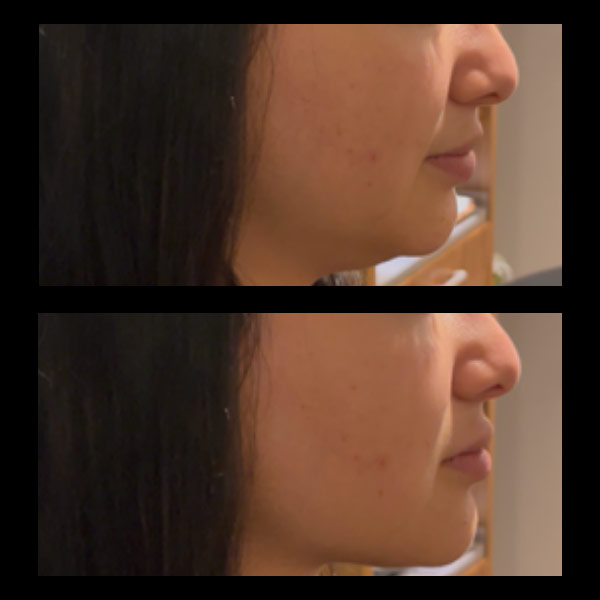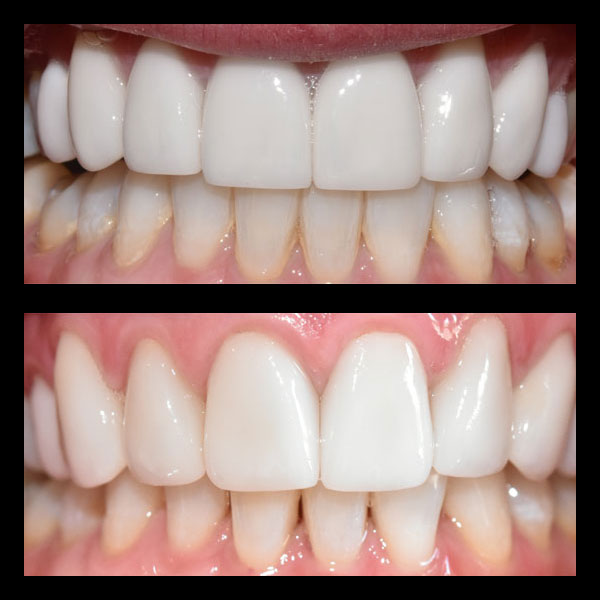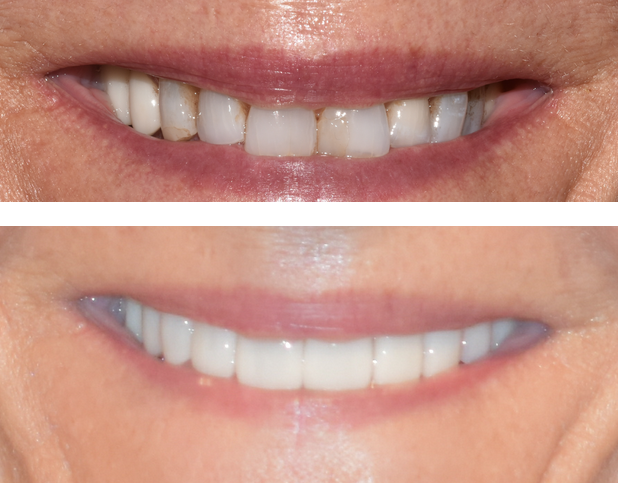Hey everyone! It’s April 16th, 2025, and if there’s one thing I’ve seen working in and writing about various fields over the last decade-plus, it’s how technology can quietly revolutionize our daily lives – even in places we might not expect, like the dentist‘s chair. Remember those clunky, bite-down-hard-on-this-sharp-thing moments from childhood dental visits? Followed by the long wait while someone disappeared into a darkroom? Yeah, me too. Thankfully, things have changed. A lot. Today, I want to chat about something fundamental to modern dentistry, something that’s made appointments quicker, diagnoses sharper, and the whole experience just… better: digital X-rays.
It might not sound as glamorous as a full smile makeover, but trust me, this technology is a cornerstone of excellent dental care. Let’s dive into what makes digital radiography such a game-changer, especially through the lens of a practice that really embraces tech for patient well-being, like Incredible Smiles here in Boulder.
Introduction to Digital X-Rays in Dentistry
So, what exactly are digital X-rays? At their core, they serve the same purpose as traditional film X-rays: giving dentists a view of what’s happening beneath the surface – inside your teeth and jawbone. But *how* they do it is worlds apart. Instead of using photographic film, digital radiography uses electronic sensors. Think of it like the difference between an old film camera and a modern digital camera. The images captured by the sensor are instantly sent to a computer screen. No waiting, no chemical processing, just immediate results.
This shift isn’t just about convenience; it’s a massive leap in technology. The sensors used today are incredibly sensitive, which leads us to one of the biggest benefits: significantly reduced radiation exposure. We’re talking reductions often cited as being up to 80-90% less radiation compared to traditional film systems. As someone who tries to be mindful about overall wellness, knowing that necessary diagnostic tools are becoming safer is genuinely reassuring. It’s a development that aligns perfectly with a more holistic view of health – getting the information needed with the minimum possible impact.
The quality of the images themselves is another major advantage. Digital images can be enlarged, sharpened, and adjusted for contrast right there on the screen. This allows dentists to zoom in on suspicious areas, making it easier to spot tiny cavities starting between teeth, early signs of bone loss, infections, or other issues that might be missed on a standard film X-ray. It’s about catching problems when they are smaller and easier (and often less involved) to treat. This precision is key to proactive dental care.
At a practice like Incredible Smiles, this kind of technology isn’t just an add-on; it’s woven into their holistic diagnostic approach. They understand that seeing the full picture – accurately and safely – is the first step towards creating treatment plans that are not only effective but also tailored to the individual’s overall health and aesthetic goals. It supports their commitment to merging cutting-edge science with patient comfort and long-term wellness.
Advantages of Digital X-Rays in Dental Assessments
Let’s dig a bit deeper into why digital X-rays are such a boon for accurate dental assessments. The enhanced clarity I mentioned? It’s not just a minor improvement. Being able to manipulate the image digitally means dentists can really analyze the structures of your mouth in detail. Think about spotting decay in its earliest stages, before it becomes a major cavity requiring extensive work. That’s the power of precision imaging.
But digital X-rays rarely work in isolation these days. Their real strength often comes from integration with other advanced imaging technologies. For instance, Incredible Smiles utilizes 3D cone beam imaging (CBCT). While standard digital X-rays give a fantastic 2D view, CBCT provides a three-dimensional map of your teeth, jaw, nerves, and sinuses. When planning complex procedures like dental implants, assessing impacted wisdom teeth, or even diagnosing TMJ issues, having that 3D perspective is invaluable. Digital X-rays provide the foundational screening, and CBCT offers the deep dive when needed. They work together seamlessly.
Similarly, digital scanning technology, which creates detailed 3D models of your teeth without those goopy impression materials (another childhood memory I’m happy to leave behind!), often complements digital X-ray data. This combination allows for incredibly precise planning for things like crowns, bridges, Invisalign treatment, or even full smile makeovers. The data from X-rays shows the bone structure and tooth roots, while the digital scan captures the exact shape and position of the teeth surfaces. Put them together, and you have a comprehensive digital model of the patient’s mouth.
What does this mean for you, the patient? It means treatment planning is more accurate than ever before. Dentists can anticipate potential challenges, map out procedures with greater certainty, and ultimately deliver results that are both functional and aesthetically pleasing. Incredible Smiles leverages these integrated technologies as part of their physiologic (neuromuscular) approach, ensuring that treatments not only look good but also support a healthy, balanced bite and jaw function. It’s about using technology to achieve truly personalized and predictable outcomes.
Enhancing Patient Experience in Boulder with Advanced Imaging
Okay, technology is great, but how does it actually *feel* as a patient? This is where digital X-rays really shine, especially in a setting focused on patient comfort like Incredible Smiles here in Boulder. First off: speed. Remember waiting nervously while the film developed? Gone. Digital images pop up on the screen almost instantly. This drastically cuts down the time you spend in the chair with a sensor in your mouth and reduces overall appointment length. Less time waiting, more time discussing your health with your dentist.
Comfort is another aspect. While sensors still need to be placed in your mouth, modern digital sensors are often designed with smoother edges and come in various sizes to better fit different mouths compared to some of the older, rigid film packets. Little improvements, but they add up to a more pleasant experience.
And let’s circle back to safety. The significant reduction in radiation exposure is a major plus for patient peace of mind. Knowing that your dental team is using the safest effective tools available contributes to a sense of trust and well-being. It shows a commitment to not just your dental health, but your overall health.
Incredible Smiles takes this a step further by integrating this advanced imaging into their unique, spa-like environment. It might seem counterintuitive – high-tech in a calming space – but it works because the technology *enhances* the experience. The efficiency means less stress. The safety provides reassurance. The precision leads to better outcomes, fostering confidence. It demonstrates that modern dentistry can be both technologically advanced *and* centered around human comfort and wellness. For residents in and around Boulder looking for top-tier care that doesn’t feel cold or clinical, this blend is really attractive.
The seamlessness matters too. Digital images become part of your electronic patient record immediately. This makes it easy for the dental team to track changes over time, compare images from previous visits, and, if necessary, securely share information with specialists. It streamlines the entire diagnostic and treatment process, making everything smoother for both the patient and the dental professionals providing the care.
Key Takeaways and Future Trends in Digital Dentistry
So, wrapping things up, it’s clear that digital X-rays are more than just a fancy upgrade. They represent a fundamental shift towards safer, faster, and more accurate dental diagnostics. The ability to capture high-quality images with minimal radiation, enhance them for better analysis, and integrate them with technologies like 3D CBCT and digital scanning allows dentists to provide truly personalized and predictable care.
Looking ahead, the evolution isn’t stopping. We’re seeing some exciting trends emerging in 2025. Artificial intelligence (AI) is increasingly being developed and tested to assist dentists in analyzing radiographs. Imagine AI programs that can flag potential areas of concern—tiny cavities or subtle signs of periodontal disease—that even a trained eye might miss. This isn’t about replacing the dentist’s expertise, but augmenting it, potentially leading to even earlier diagnoses. Research published in journals like the Journal of the American Dental Association frequently explores these AI applications, highlighting their potential.
There’s also ongoing work to further reduce radiation doses, even from the already low levels of current digital systems. Portability is another area of development, with handheld X-ray units becoming more refined, potentially useful in specific situations or mobile dentistry settings. Cloud-based storage and secure sharing platforms are also making collaboration and patient record management even more efficient.
What does this mean for practices like Incredible Smiles? It means a continuous commitment to evaluating and adopting innovations that genuinely improve patient care. Staying abreast of these advancements is crucial for maintaining the highest standards. It ensures that patients receive the benefits of the latest proven technologies, contributing to better long-term health outcomes and more comfortable experiences.
Ultimately, digital X-rays are a perfect example of how technology, when thoughtfully implemented within a patient-centric philosophy, elevates the entire standard of care. They empower dentists with better information and provide patients with safer, more efficient, and more comfortable visits.
What are your thoughts on dental technology? Have you noticed a difference in your visits since digital X-rays became common? Drop a comment below – I’d love to hear your experiences!
Frequently Asked Questions
What are digital X-rays and how do they differ from traditional X-rays?
Digital X-rays use electronic sensors instead of photographic film to capture images of teeth and jawbone, providing immediate results on a computer screen without the need for chemical processing. They also expose patients to significantly less radiation, often 80-90% less compared to traditional film systems.
Why are digital X-rays considered safer than traditional X-rays?
Digital X-rays are considered safer because they expose patients to significantly less radiation, often about 80-90% less than traditional film X-rays, making them a safer option for routine dental diagnostics.
How do digital X-rays improve dental diagnosis and treatment planning?
Digital X-rays offer enhanced image clarity and allow dentists to manipulate images for a better analysis of the mouth’s structures, helping in the detection of small cavities, early signs of bone loss, and other issues. This leads to more accurate diagnoses and better-informed treatment plans.
What are the benefits of digital X-rays for patient experience during dental visits?
Digital X-rays improve patient experience by providing faster image results, reducing the duration of dental visits, using more comfortable sensor designs, and decreasing radiation exposure, thus enhancing overall comfort and safety.
How do digital X-rays integrate with other dental technologies?
Digital X-rays integrate seamlessly with technologies like 3D cone beam imaging (CBCT) and digital scanning, providing comprehensive and detailed models of the mouth for more accurate diagnosis and treatment planning, especially for complex procedures.








